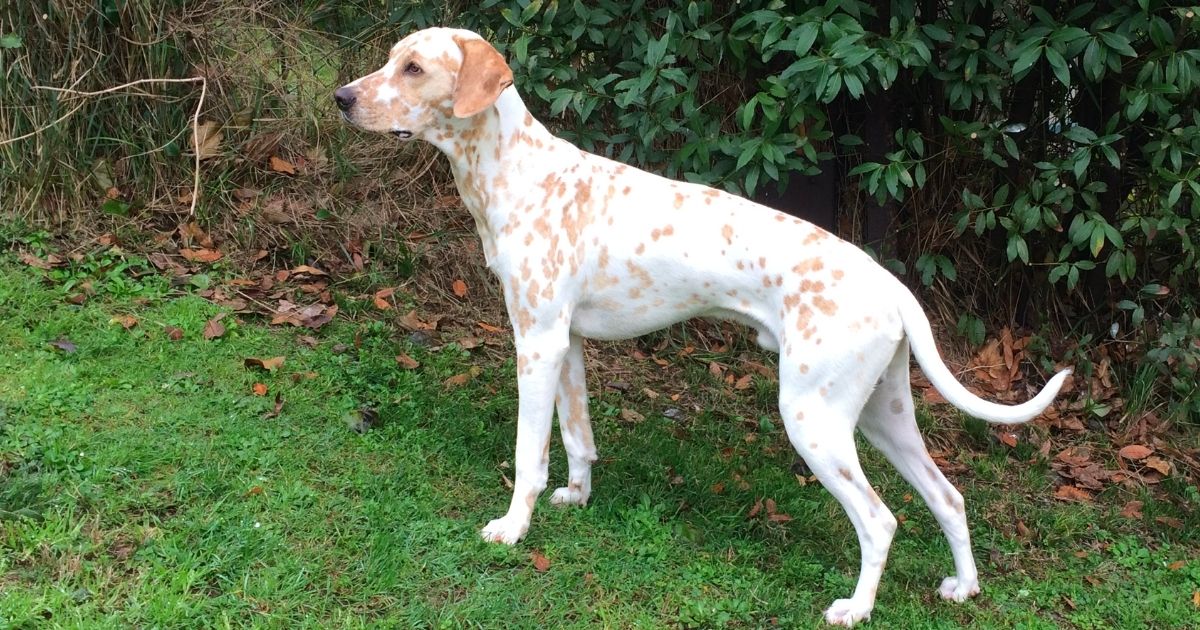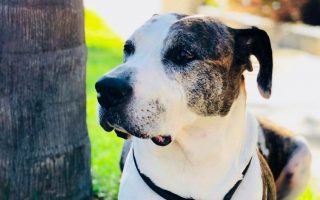Many pet parents own and love Dalmatians, and they are best known for the unique spots on their skin.
Hollywood has also made bucks out of this spotted coach dog, from the famous 101 Dalmatians to the more recent Cruella.
Suffice to say, it is popular.
While the black-spotted Dalmatians are the most common, some assume that is all there is.
However, there have been many variations in the Dalmatian’s coat color over the years.
While the white remains unchanged, the spots have genetically taken other interesting colors.
These include yellow, blue, brown, and lemon.
This article is going to cover the lemon Dalmatians spotted coat color.
It is an uncommon Dalmatian type, further increasing the fascination surrounding it.
How did these dogs leave the conventional black spots to get lemon? Does it affect their personality? Is it bad for their health? Where can I get one?
These questions and more will be answered as you read on.
What is a Lemon Dalmatian?
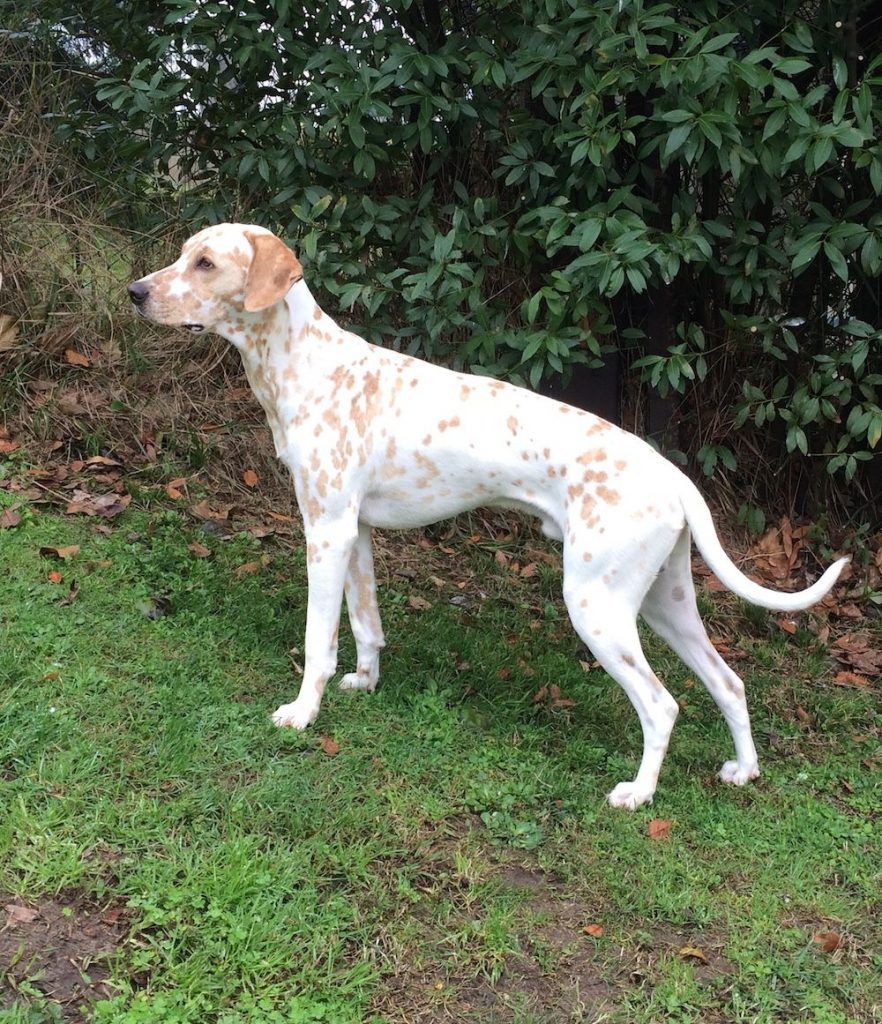
The lemon Dalmatian is considered a deviation from the black-and-white standard of the breed.
It is genetic, not a medical condition, and occurs when the said Dalmatian doesn’t have what it takes to produce the black color.
This type is not as popular as the black-and-white Dalmatian but sought after by those who consider the lemon pattern adorable.
Also known as the “lemon Dally”, the spots look to the casual observer as a lighter shade of yellow.
However, it is different from the yellow Dalmatian. It should also not be mistaken for a light brown Dalmatian.
As a puppy, the Lemon Dalmatian is plain white. The lemon spots appear after a few weeks with bigger ones on the body than on the head.
It is a normal occurrence, the way some people have blue eyes and others brown.
Dog Breed Information
| Height | 19 to 24 inches |
| Weight | Male: 55 to 70 pounds; Female: 40 to 55 pounds |
| Lifespan | 13 to 16 years |
| Coat | Short, satin |
| Colors | White with lemon, brown, light-brown, liver, or black spots |
| Temperament | Energetic, alert, Goofy |
| Hypoallergenic | No |
| Ideal For | Active owners |
| Puppy Price | $1,000– $3,000 |
Characteristics
| Health | High |
| Grooming | High |
| Friendliness | High |
| Energy | High |
| Trainability | Medium |
15 Facts About Lemon Dalmatians You Need to Know
1. Genetics is responsible for the lemon color
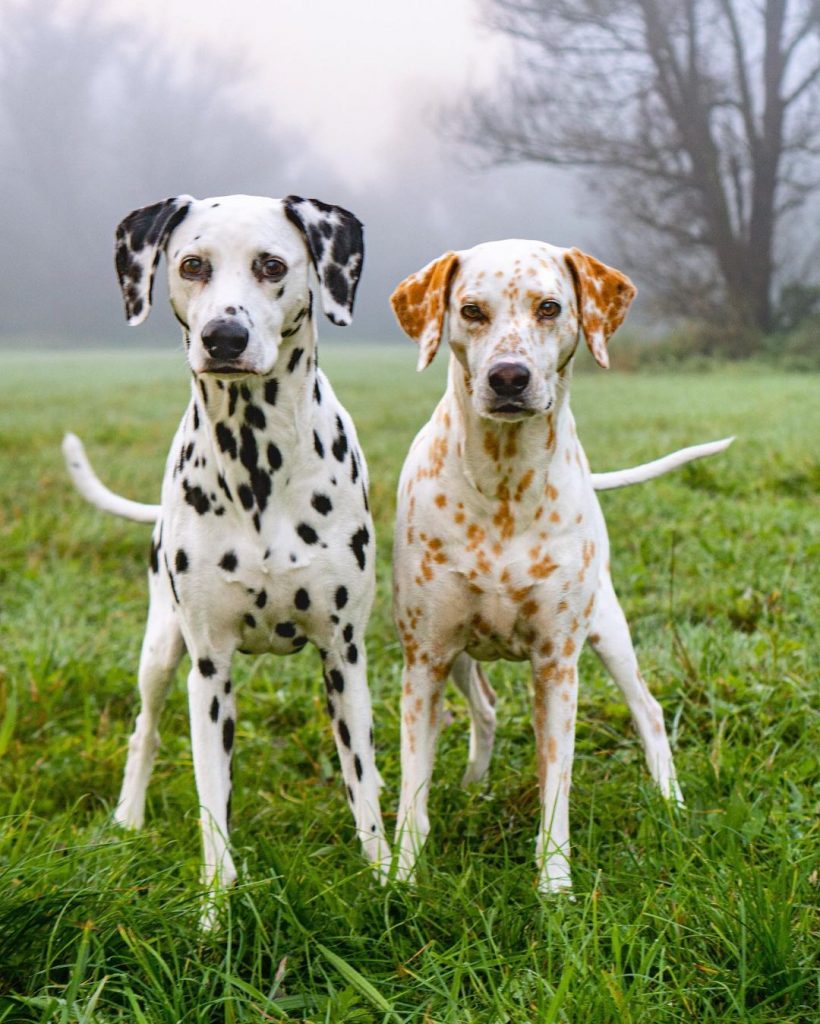
The lemon color in Dalmatians is caused by a genetic makeup that is different from that of the black-and-white Dalmatians.
The mutation accounts for this color type.
Black-and-white Dalmatians have a gene that’s responsible for the black spots, much like melanin in humans.
It is labeled ‘E’. The ‘E’ gene is also responsible for the Brown-and-white Dalmatians.
The recessive gene labeled ‘e’ impedes the black color gene from having any effect.
The Black or brown Dalmatian would either have the ‘EE’ or ‘Ee’ for coat color.
For the lemon Dalmatian, the ‘e’ gene becomes dominant, giving it an ‘ee’ combination.
When the ‘E’ locus for coat color is tested alongside the ‘B’ locus for nose color, here’s what you get:
Black Spotted dalmatians
- EEBB = Black spots and a black nose.
- EeBB = Black spots, black nose, and recessive lemon color.
- EEBb = Black spots, black nose, and a recessive brown color.
- EeBb = Black spots, black nose, and brown with lemon recessive colors.
Brown Spotted Dalmatians
- EEbb = Brown spots and brown nose.
- Eebb = Brown spots, brown nose, and recessive lemon color.
Lemon Spotted Dalmatians
- eeBB = Lemon spots and a black nose.
- eeBb = Lemon spots, black nose, and brown recessive color.
- eebb = Lemon spots and brown nose
2. Lemon Dalmatians are not a separate breed
Though it might seem so, the lemon Dally is not a distinct breed of its own, nor was it bred to be one.
It is a type that falls under the broad Dalmatian breed.
The lemon color changes only the spots on the coat. It doesn’t have any effect on the coat type, height, weight, health status, and personality of the breed.
What you get from other Dalmatian types should be expected from this Dally.
The same applies to every other color type.
Traits like personality are defined by other factors like the owner’s training and breeding quality.
Thus, the lemon Dally is as protective as the standard Dalmatian.
The protective nature of this breed was evident in Cruella when the dogs rushed to protect their owner at the sound of a whistle.
Dalmatians are also dignified but playful, love attention, and are good with kids.
3. The lemon color is considered non-standard by Kennel Clubs
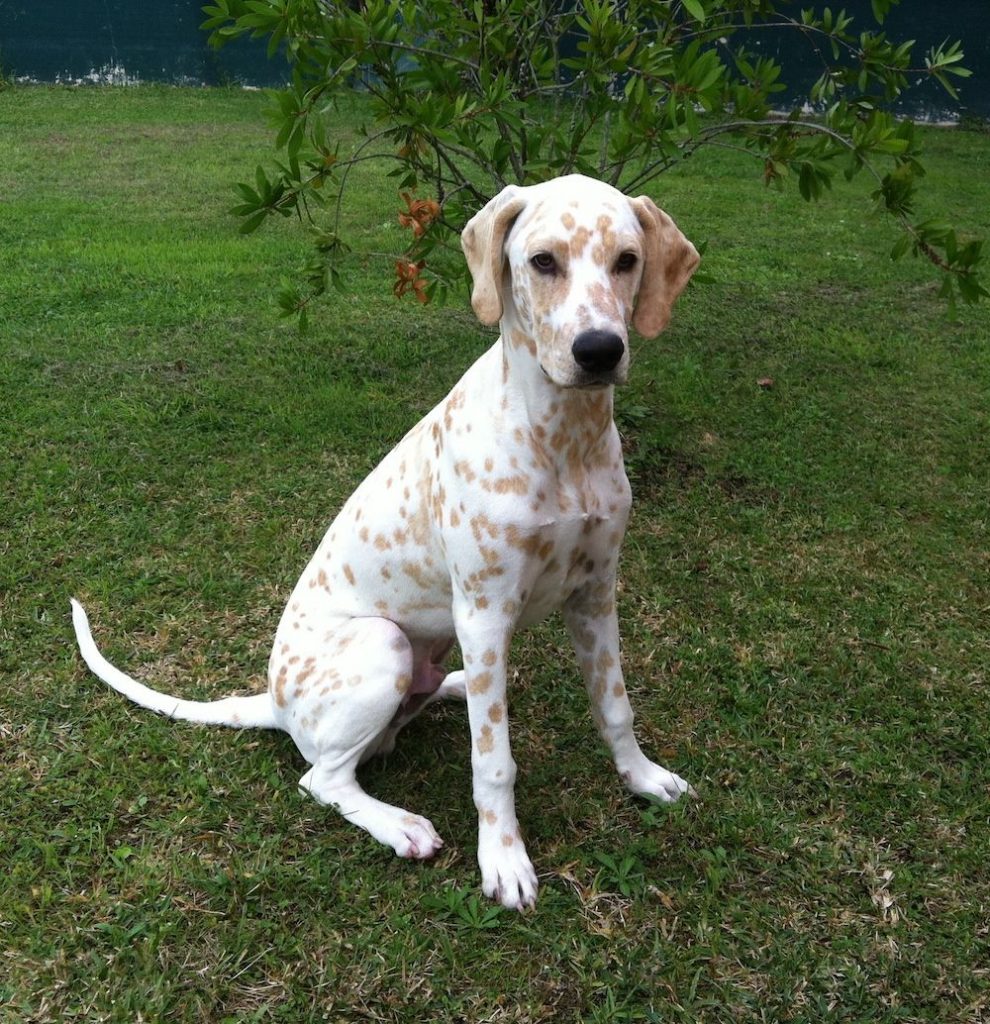
As a companion, lemon Dalmatians are a favorite because of their uniqueness.
However, you’ll have some problems if you plan to register it in dog shows. It isn’t a show dog and you could get penalized.
According to AKC and UKC standards, Dalmatians with lemon spots are considered unacceptable and flawed.
As the UKC put it, undesirable colors include “any color markings other than black or liver. Tri-color. Lemon-colored spots. Albinism.”
If you plan to get a show Dalmatian, stick to the standard. Perhaps there would be updated changes as other spots become more common.
For now, the lemon Dalmatians are best kept as a household pet.
The lemon color isn’t the only undesirable trait of the Dalmatian.
Patches, blue eyes, eyes of different colors, kinked tails, and tri-colored coats are unacceptable.
Under personality, extreme shyness is undesirable as well.
4. They have a blurry lineage but are believed to have originated from Dalmatia
The lemon Dally also shares the same history with other Dalmatian types.
It is a very old breed with an unclear ancestry but has appeared in many old creative masterpieces.
It also moved around with a nomadic tribe named Romanies, also called gypsies.
The modern Dalmatian got its name from Dalmatia (now called Croatia), according to the FCI.
In 1374, the first known written evidence of the Dalmatian came from Peter, a Bishop of Dakovo who wrote of sighting these dogs as hunters in Dalmatia.
It played many roles in Dalmatia including guarding, shepherding, and being ratters.
It also served as a coach dog in England and a firehouse dog in the United States.
5. It is prone to deafness
Lemon Dalmatians are vulnerable to deafness, which is inherited and incurable.
This has nothing to do with the color, however, as all Dalmatians have this weakness.
Eight percent of Dalmatians are born with a total loss of hearing while more than twenty percent can’t use one ear.
The chances of you getting a deaf Dalmatian pup is high, especially with the breed’s popularity leading to backyard breeding, a practice that complicates things.
The Dalmatian Club of America recommends euthanizing deaf Dalmatians as they are harder to train and tend to be more aggressive.
Not everyone is comfortable with this, however.
A deaf Dalmatian can live a normal life, but special considerations must be taken into account.
If you decide to adopt a deaf puppy, adult, or senior, do your research properly.
To avoid buying one that could have deafness in its bloodline, ask the breeder for the medical records of the parents.
Ensure you go for a reputable breeder, regardless of the price.
6. They are active and energetic
The lemon Dallys have a lot of energy to spare, being that they are workers turned companions.
What helped it play different roles in Dalmatia, a coach dog in England and even a firehouse dog in the United States is its high energy level.
Without sufficient exercise, it will get destructive.
This can serve as a setback for a potential pet parent, especially one who isn’t an outdoor person or given to much exercise.
The Dalmatian is not an apartment dog, so it requires enough space.
The ideal owner should love the outdoors and be willing to exercise for a long time.
This breed requires at least 1 hour of exercise, regardless of the coat type.
It can be a jogging partner, going for walks, hikes, a swim, and even a game of fetch. Mental activities should be part of the package too.
Give lighter forms of exercise to puppies and seniors.
7. Its aggression is usually fear-based
The Dalmatian is not known to be aggressive, neither does it figure on any list of dangerous dog breeds.
However, when it gets scared or feels threatened, it responds with aggression. This involves growling, barking, and even biting.
The Dalmatian is a barker, both when inactive and scared.
Seeing that shyness is not expected of this breed, fear-based aggression can only develop as a behavioral problem when socialization hasn’t been well done.
This breed must be socialized as a puppy to know a comfortable environment from a threatening one.
Obedience training is also a good way to get it to calm down.
If your dog already has the issue of anxiety, you can hire a professional trainer to take care of it or learn the processes of helping a dog with anxiety.
The first step is identifying its triggers and exposing it slowly to the triggers.
8. They need a special diet
Lemon Dalmatians—alongside other Dalmatians—lacks enough enzyme that digests protein.
It also has a urinary system that’s different from other dogs and more in line with humans and apes, one that’s susceptible to kidney stones.
Therefore, the Dalmatian deviates from the general canine diet rule of having a lot of protein in its meal.
It does require protein for energy, but you must regulate the amount. Avoid feeding it raw meat, and keep it constantly hydrated.
It should urinate frequently as well.
Dalmatian puppies should not be allowed to eat puppy food once it gets to adult age.
Besides these specifications, other rules apply.
Measure your Dalmatian’s meal, have a routine, avoid overfeeding it and keep treats for special occasions.
9. The Dalmatian has a high grooming need
Don’t be fooled by the short coat of this breed. The Dalmatian is a shedder that sheds frequently throughout the year.
This shedding increases during autumn and spring.
Maintaining the coat may not take as much effort as that of an Afghan Hound, but it will require work on your part.
Brushing the coat should be done at least 3 times weekly.
During autumn and spring, brushing graduates to once a day and you should keep your environment free from dog hair with a vacuum cleaner.
Some Dalmatians have long hairs, which needs more attention.
A lemon long-haired Dalmatian will need frequent brushing, even when it isn’t shedding heavily.
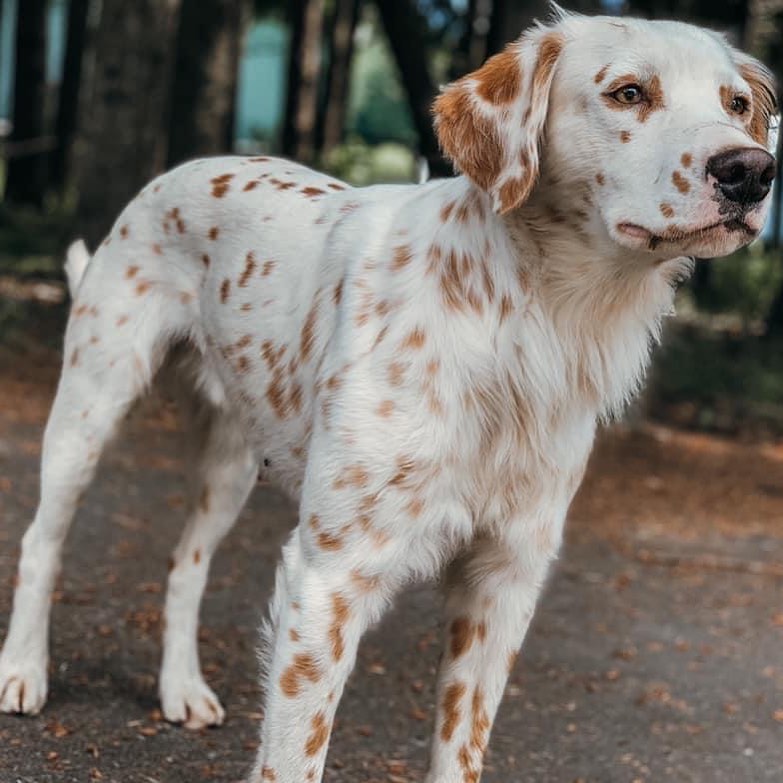
Fortunately, it doesn’t get dirty with ease. A Dalmatian can step out of the mud and still maintain its shine.
It is recommended that you bathe this breed at least once every six weeks.
Other forms of hygiene apply. Brush its teeth, take care of the eyes, trim its nails and wipe the ears.
Ear infections are a problem with this breed, so be observant about that.
10. They aren’t hypoallergenic
Technically speaking, no dog is completely hypoallergenic. Even low shedders may trigger allergic reactions.
Nonetheless, hypoallergenic dog breeds pose a low risk to allergy sufferers.
The Dalmatian with its shedding coat might be a nightmare to an allergic person.
The dead fur is a strong allergen. Therefore, it is unsuitable for allergic people.
This must be considered before you set out to buy or adopt a lemon Dally.
If you or any member of your family is prone to allergies, look for another pup from small to large hypoallergenic breeds.
Some short-coated dog breeds that are hypoallergenic include the American Hairless Terrier, the Maltese, and the Poodle.
11. The Dally is a healthy breed with a long life span
The lemon Dally is not impervious to illnesses but is a healthy breed with long life potential.
With a life expectancy that goes up to 16 years, they can stay for years.
Some illnesses are peculiar to this breed but note that none is caused by the color type.
Your role in its health is important. Taking care of its daily needs helps keep it healthy.
Feeding, grooming, and exercise are some of its needs. Regular checkups, vaccination, and observation on your part go a long way too.
Here are some illnesses you should look out for:
- Hip dysplasia
- Deafness
- Urolithiasis
- Iris sphincter dysplasia
- Skin allergies
12. Dalmatians are trainable (but unfit for novice parents)
The Dalmatian is pleasing and intelligent, making it a trainable breed.
However, experts do not recommend this breed for a first-time owner. It can be stubborn and may want to take charge of running the house if you let it.
Its high energy can be draining for the inexperienced, and grooming can also be an issue.
While this breed has an adorable coat, not everyone should own it.
Training should start from an early age to enforce good behavior and cut off any opportunity for undesirable habits to develop.
As we’ve mentioned, early training (in this case, socialization) reduces the chances for fear-based aggression.
The Dalmatian is sensitive to harshness, so punitive measures are discouraged. The latter is damaging to this breed.
Use positive reinforcements, be firm while correcting but be gentle enough to not alienate your pooch.
13. It isn’t the rarest Dalmatian type
If you’re coming across this color type for the first time, you might think it is very rare.
However, while it isn’t as known as the standard black and white or even the brown, lemon Dalmatians aren’t very rare.
There are chances of you coming across one as you walk down the street.
Besides the standard, the lemon Dally is the most common type.
This is good news as you won’t struggle much to locate one (though you might answer many questions at the park).
The rarest Dalmatian type is the blue Dalmatian. It has white skin with blue spots that look like ink got stuck on the coat.
14. Each Dalmatian has a unique pattern
Just as each human has a unique fingerprint, Dalmatians are also individualistic in their coat patterns.
No two lemon-colored Dalmatians would have the spots at the exact positions.
This does make it easy to identify your dog if you’re accustomed to its coat pattern.
It also means that perhaps Cruella De Vil was mistaken in thinking that Dalmatian skin is a good coat material.
15. They love human company
Although the Dalmatian is a worker to the core, it doesn’t enjoy being left alone.
Loneliness hurts this breed, so get a dog sitter if you live alone and have a busy schedule.
Dalmatians love goofing around and would be found playing with the kids or looking for some fun with its owner.
If you can’t provide company for a Dalmatian, look for a more independent breed.
This doesn’t mean, however, that the Dalmatian is a cuddle buddy or indoor pet.
How Much are Lemon Dalmatian Puppies?
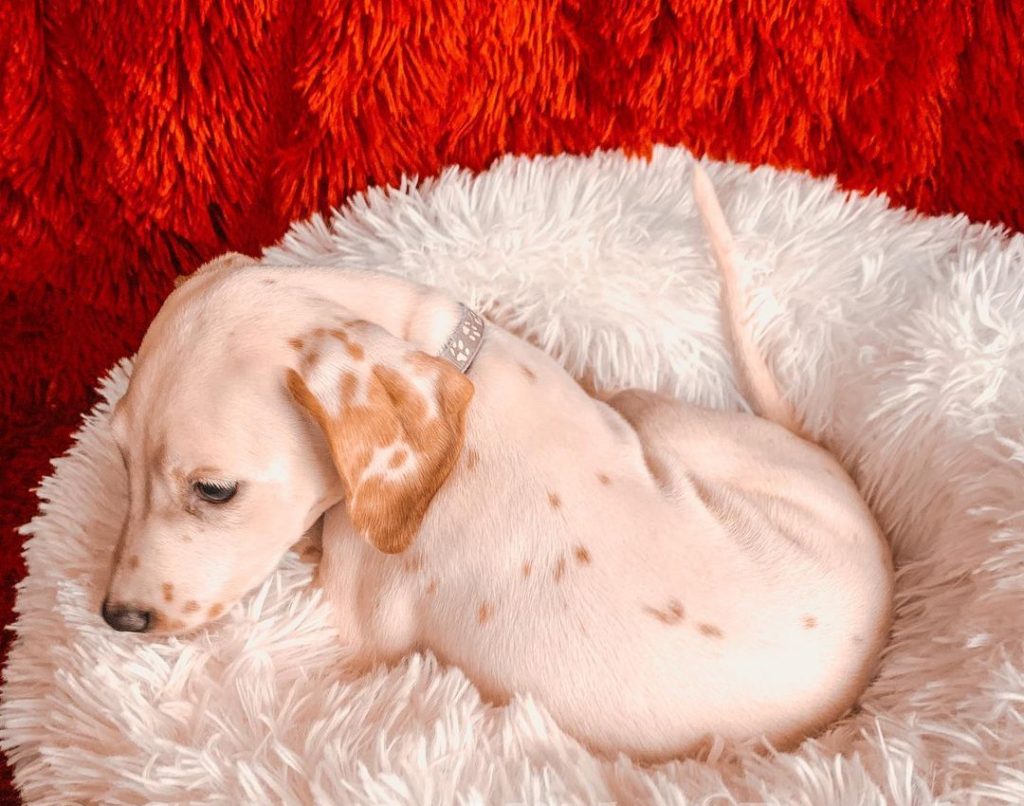
The price of lemon Dalmatians will vary depending on factors like the breeder, the pedigree of the pup, and its age.
Don’t expect it to be cheap, though. Dalmatians are popular, which makes them expensive.
Expect to spend between $1,000 and $3,000 to purchase one.
Where to Find Lemon Dalmatian Puppies for Sale
Breeders that sell regular Dalmatians might have some lemon spotted pups for sale. The AKC’s Marketplace is a great spot to find one.
Finding a good breeder is important, especially with a breed this popular.
The hereditary weaknesses it has are also another reason you should be wary about who you buy it from.
Cheap breeders may not be the option due to poor breeding.
Whoever you want to buy from must prove his/her integrity by answering your questions, showing you a clean environment, and providing proof of good health.
Adoption
You can easily adopt a lemon spotted Dally as many tend to be abandoned for different reasons.
Adoption is cheaper and is seen as a service, which makes people canvass it.
To adopt a Lemon Dally, budget around $300. You can locate a good rescue through Adoptapet.com.
Frequently Asked Questions
Are lemon spotted Dalmatians rare?
Lemon spotted Dalmatians are rare when compared to the standard Dalmatians, but not as rare as other variants.
Are Rainbow Dalmatians real?
Natural Rainbow Dalmatians are a myth. However, it is possible to artificially place different colors on the coat to give it a rainbow glow.
Are Dalmatians good dogs?
Dalmatians are good additions to different families.
They are not known to be dangerous and are good dogs that integrate well into households.
While there are a few challenges with this breed, it isn’t inherently bad.
Are there completely white Dalmatians?
Dalmatian puppies are born spotless and plain white. As they grow, the spots begin to appear and continue into adulthood.
Final Thoughts: Is the Lemon Spotted Dalmatian Right for You?
The beauty aside, lemon Dalmatians have many personality traits that make them good for families.
Good with adults and children, they make playful mates and solid companions.
Their alert nature and protectiveness make them good watchdogs, and they love to work.
They aren’t for everyone, however. Like other Dalmatians, they need owners who have what it takes to handle their energy level, stubbornness, and daily needs.
If that is you, then prepare your budget and go searching for one of these adorable dogs to become a long-term friend.
You May Like:
Dalusky: Dalmatian Husky Mix (A Complete Guide)

